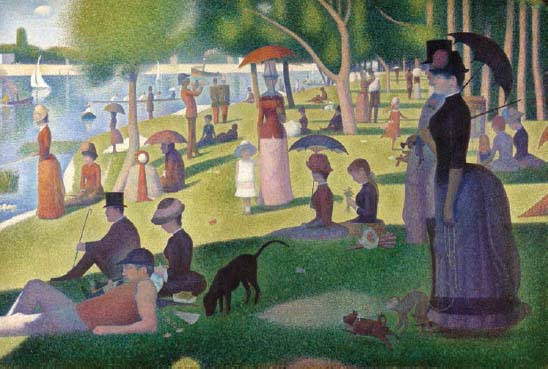From the Industrial Revolution to World War I, C. 1850–1914Post-Impressionism |
Who was Paul Gauguin? |
One of the most famous of the French Post-Impressionists, Paul Gauguin (1848–1903) struggled to find critical success during his lifetime, but is now considered to be an innovator who made a major impact on early twentieth-century modern art. He was primarily a painter, but also worked in sculpture, ceramics, printmaking, and writing. Gauguin identified with the nineteenth-century Symbolist movement, and his bold, flatly colored paintings often hold significant symbolic meaning. In 1891, he expressed a desire to shed the corrupting influence of modern civilization and fled to Tahiti where he spent the majority of the rest of his life living in poverty and working on paintings infused with symbolism, mythology, and Tahitian subject matter, in what is considered a precursor of primitivism. Even before leaving for French Polynesia, Gauguin’s work shows evidence of inspiration from folk art. His painting The Yellow Christ (1889) depicts the Crucifixion in Brittany, in Northern France. Local women encircle Christ, kneeling in prayer. The bold, flat colors of the painting are reminiscent of medieval Christian painting and emphasize the power and intangibility of prayer. Later works include Te aa no areois (The Seed of the Areoi) (1892), Two Tahitian Women (1899), and Nevermore (1897), a painting that mixes the influence of Edgar Allan Poe, the traditional female nude, and Tahitian imagery.

Sunday Afternoon on the Island of La Grande Jatte (1884–1886) by Georges Seurat was painted using a technique called pointillism, which was invented by Seurat himself. Pointillism involves placing differently colored dots side-by-side to create a vibrant image.
